How to Start a Garment Business In India

Love the fashion industry and want to be a part of it? Here is how you can start a garment business of your own.
Styles and trends keep frequently changing, providing significant opportunities for both large and small businesses in the clothing sector.
If you are looking for information on establishing a garment business in India, this article is for you. We will discuss and guide you on how to create a successful plan for launching a small textile business in the country and how Lio can help you with it
Things To Do Before Starting a Garment Business in India
1. Conduct Research
The ready-to-wear apparel industry is overwhelmingly wide. The production of garments is also a challenging endeavor. First, you should look at the garment industry in a broader sense. Take into account the entire garment supply chain.
2. Evaluate all the Opportunities Available
An assessment of the garment manufacturing industry’s potential is very important before venturing out. You can start from scratch and create an entirely new product line.
You can also branch out into the global market as fabrics are sourced from third-world nations, particularly South Asia, by customers in the United States, Europe, and high-street merchants. As a result, you can establish your export garment manufacturing enterprise.
3. Pick a Model for the Garment Business
Entrepreneurs can pick from a range of garment business models. First, it is fundamental to establish a business model and then craft your strategy around it.
The following are the many business models from which you may decide:
Fabric Manufacturing
If you want to run a fabric manufacturing unit, you will need money and sophisticated infrastructure.
It also includes the various stages of production, such as weaving, knitting, and dying. All of these procedures need a large amount of cash, strong infrastructure, and a skilled team.
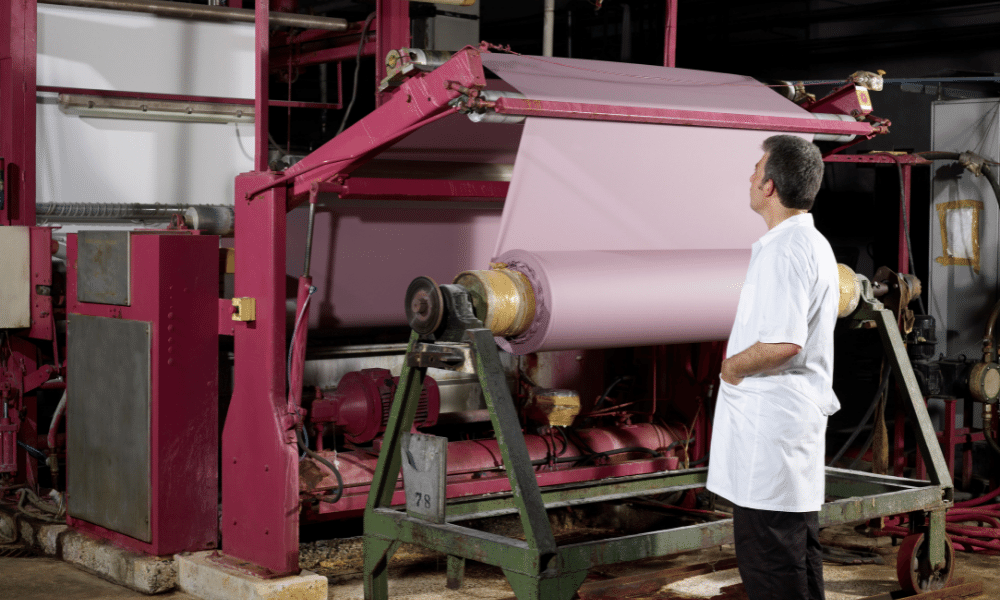
Garment Designing and Making
Following the production of the fabric, the second process is to design and sew it in different styles and patterns. This stage buffs up the demand for fashion designers and garment manufacturers.

Fabric Trading
To produce the final result, all garment manufacturers need different fabrics. Starting a company that trades garments can be an option for you.
There would be a need to establish solid relationships with the fabric makers and people from other organs of the industry. You will also need enough liquid cash because the raw materials are provided on credit, and payment is made once the order is shipped.

Retail Store
The apparel is marketed to the public in a retail outlet. You can have an online or offline retail business, or you can sell using your social media websites. If you want to pursue this business model, you must first decide whether to open an online or traditional retail store.
Also Read: How to Start a Food Truck Business in India
Notably, you may pick between the two choices, i.e., you can trade both online and offline.

4. Decide on the Products you Wish to Produce
A fashion line includes a variety of product types. Select a few categories for your business. Do some study on the latest trends, popular selling items, basic product lines, and staple products while choosing.
Product design is not required for this business because you will be making garments for others. But on the other hand, if you want to establish your brand and a fashion house with production facilities, you must first focus on product design.
5. Choose a Location
You won’t be able to start your factory if you don’t have enough room to manufacture. The production business’s next stage would be to pick a location.
It would be desirable if your factory could be situated in an industrial zone. That would have helped you take advantage of several opportunities in obtaining daily supplies.
In the industrial zone, you can readily find employees and tailoring workers. India’s popular garment manufacturing centers include Tirupur, Ludhiana, Noida, Delhi, Gurgaon, Bangalore, and Kolkata.
The location of the business plays a vital role when you are thinking of an offline business. The location sure will determine the success rate of your business hence one must choose the location very carefully. Here are a few things to keep a note of when deciding on a spot for your business.
- Visibility from road
- Availability of power
- Ability to advertise
- Access to the shop
- Storage Products
- Ample Floor Space to display
- Parking ace for shoppers

6. Estimate the Monthly Production
Now it is time to figure out how much output you will churn out daily. You will need to buy a lot of machinery, hire many people, build up a production unit and departments, and arrange other equipment based on this need.
Also Read: How to Start a Real Estate Business in India
7. Prepare an Estimate of Manpower, Machines, and Material that will be Required
Prepare a complete project report that includes the number of people needed, the kind of machines required, and a list of supplies required to manufacture the products.
Studying the various equipment required to manufacture the desired items and types of goods is part of the machine requirement planning process. Then calculate the number of sewing machines, non-sewing machines, and equipment needed to meet the monthly production volume requirement.
Estimating the requirement of resources would involve generating a list of raw materials with the amount needed. Then figure out how many direct employees, administrative staff, managers, and department heads you will need.
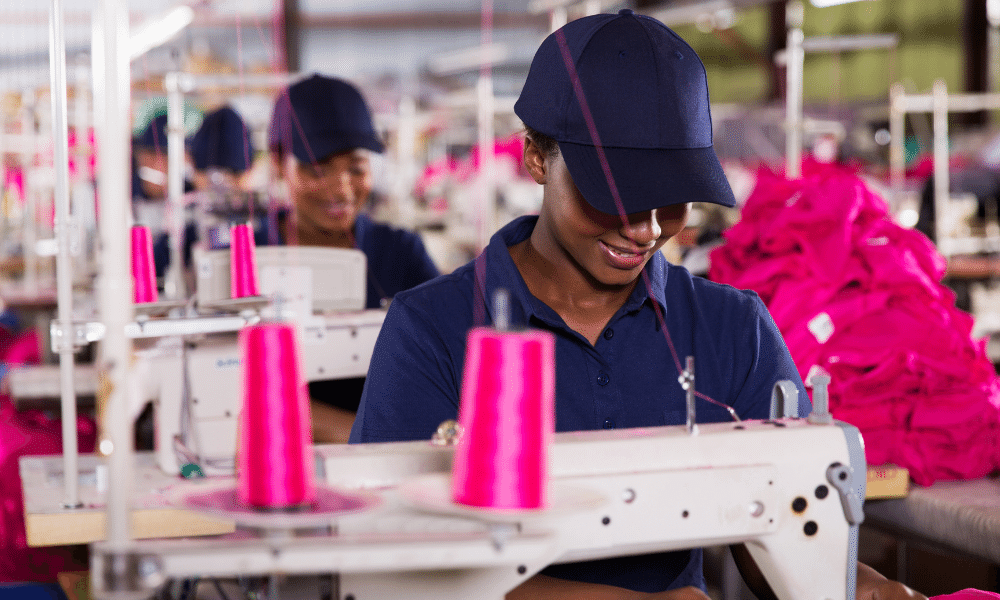
8. Chalk Out an Investment Plan
Prepare a detailed report that includes the expenses of the premises, labor, machinery, and materials. Compute the factory set-up expenditure after your project report is finalized.
This financial report will also provide the cost of equipment and machines, raw materials for one production cycle, employees’ salaries for three months, pre-operative costs, implementation costs, overheads such as electricity, print and office supplies, marketing and promotion expenses, and so on.

9. Determine a Source of Start-Up Capital
Once you compile the financial report, you will better understand how much capital you will need to start and manage the garment business.
Divide the funds needed into two groups: Initial capital investment and operational costs. Adjust the funds as per this division.
You can raise money by applying for a government-backed start-up loan from a bank. Another option is to partner up with somebody who is interested in investing in your company.
Also Read: How to Start an e-Commerce Business in India
10. Cultivate a Customer Base
After you have the concept for a garment manufacturing company, you should start focusing on customers right away. Start creating relationships with potential clients, merchants, and distributors in order to market your goods.
Contact garment buying agents and buyers if you wish to undertake export orders. Participate in buyer-supplier meetings whenever possible.
Once you are through with these ten steps, it is time to commence your garment business officially. Here is how you can go about it.
Checklist to start Garment Business in India
Make sure that the under-listed things are done and taken care of to start your garment business hassle-free.
- Have a company formation
- Open a current bank account
- Apply for trademark registration
- GST registration and GST return filing
How to Set up the Garment Business
1. Register Your Business
Register your business with the Ministry of Corporate Affairs. It may take somewhere around 1 to 7 days for the registration to be finalized. The first step is to choose a business name. And the name should be unique as well as easy to pronounce.
You can log onto the MCA website to check if the name of your choice is available. The majority of garment enterprises are registered as a Private Limited Company or a Limited Liability Partnership (LLP).
LLP registration is a good choice for small business owners with yearly revenues of less than Rs. 40 lakhs. Something worth noting is that a business registration will qualify the garment company for a range of government SME programs, including the MUDRA loan and the CGTMSE.

2. Create a Bank Account
A separate bank account must be set up after the organization has been registered. Following business registration, the incorporated certificate and PAN card will be supplied, which may be required when opening a bank account.
The account will come in handy for seeking a business loan in the future. This is one of the important things to starting a garment business in India.
Also Read: How To Save GST: The Right Way To Do So
3. Register Trademark
It is essential to register a trademark for an enterprise’s name, brand, and logo. It must be registered only for things directly related to the brand, such as the corporation’s name.
You can also file a patent for a unique product or business model that you have produced or developed. Interestingly, if your organization has been incorporated under MSME, you can receive a 50% subsidy on registering a patent.

4. Rental Agreement
The organization must sign a lease agreement with the property owners if the industrial premises are rented. The liability will be restricted if the leasing agreement is signed in the name of the entity. It is also convenient to transfer.

5. Register For GST
It is necessary to get a GST registration and a GSTIN on behalf of the business before planning an inventory or paying for installations. Having a GSTIN number will allow you to claim all of the GST input tax credits, lowering your tax bill.

6. Other Registrations
Furthermore, you can register for any other garment business registrations that are essential before you would start running the enterprise.
The following are a few examples of such additional registrations:
- PF (if you have more than 20 employees)
- Trade license
- Fire license
- Investment options
- NOC from the government
Also Read: What Is A Taxable Event Under GST?
7. Finish the Premises According to Industrial Standards
Upgrade the infrastructure upon renting a property. You must consider social compliance for construction based on the floor arrangement (single-floor factory or multi-story structure).
Design a blueprint for different departments, offices, and manufacturing lines. Furnish office infrastructure, such as laying electrical wiring, etc. You may set up a sampling room, CAD room, showroom, and conference room.
8. Purchase Equipment
Buy machinery and equipment from a legitimate source and according to your project report. Request rate quotes from a few equipment suppliers. There are also several sewing machine types to choose from.
9. Recruit and Train Employees
To get started, put together a team of employees and managers to operate your business. You can use the services of a workforce-providing agency to hire workers.
Each unit should have a head of the department. Employ people who have worked in the garment manufacturing industry before. If on-the-job training is needed, make the necessary arrangements.

10. Launch Production
You can begin producing garment samples for the styles you will be making for displaying to potential buyers. You will start receiving orders in bulk after you garner a consumer base.
You will need to compile a material requirement list and obtain all raw materials and extras to fulfill these orders.
You should begin to manufacture once the plant is ready for large-scale production. Having some orders placed ahead of time saves time and you can start manufacturing as soon as the facility is ready.
11. Market And Promote Your Business
One you are done with setting up your business and getting all the functions and operations in order, it is now time for you to spend some time on the marketing of your business. Without marketing, no business stands a chance. You need to spread the word about your company, what your offer, your story, how you are different, your vision, and everything else that will attract more and more audiences.
Today there are several platforms where you can market your business and social media is one of the best ways to do so. From Instagram to facebook, there are many ways in which your company can be marked. Hence think it through an make the most of this opportunity.

Maximize Your Online Business Potential for just ₹79/month on Lio. Annual plans start at just ₹799.
How can Lio help To Start a Garment Business?
Lio is a workspace available over mobile applications that can be used to organize, present and preserve data neatly and safely. It lets businesses tabulate and safeguard their accounts, employee information, customer data, etc.
It is useful for businesses, especially layered businesses like garment manufacturing because it provides an effective solution to handle vast volumes of data of different forms.
The capacity to quickly access data helps businesses to make more educated decisions. It enables users to retrieve data from a range of devices and allows multiple authorized users to access the same information from various locations and in a number of ways to achieve various goals.
To start a garment business in India, choose the textile template. This template consists of all the important categories that are related to this industry and would be helpful to you in starting your business. From invoices to supplier details, items, sales orders, new designs, customers, and more, you can store all kinds of data on Lio.
All the important documents and information can be kept in one place without you having to lose them. You can track all the aspects of your garment business and flourish.
Step 1: Select the Language you want to work on. Lio on Android

Step 2: Create your account using your Phone Number or Email Id.

Verify the OTP, and you are good to go.
Step 3: Select a template in which you want to add your data.

Add your Data with our Free Cloud Storage.
Step 4: All Done? Share and Collaborate with your contacts.

Conclusion
Many of us have fantasized about setting up a business at some time in our professional lives. True, a business may provide you with greater income and reputation than regular employment. However, not everyone is cut out for business. It requires a lot of patience, faith, and perseverance.
You must sell your goods to maintain a competitive advantage. Product promotion and clever advertising are required to sell clothing. It is time to get serious about marketing. You will need to discover a diversity of outlets to market your goods.
It is great to sell items via wholesalers and establish your own retail in the traditional way. However, you could consider expanding your business in the future.
In India, the e-commerce industry is rapidly expanding. E-commerce sites are available to anyone who wants to sell their things online. You may sell your items on Flipkart, Shopclues, Amazon, and a variety of other online shopping sites.
Hope this article helps you to start a garment business of your own without any hassle. With this detailed account, you should find all your answers related to running this business and not face any trouble.
Frequently Asked Questions (FAQs)
What different sorts of Machines I will want for a Shirt Factory?
Purchase industrial sewing equipment for your shirt business if you want to mass-produce garments. Buy a single needle lock stitch machine and button attaching and buttonholing machines for a low initial investment.
Can a Non-Technical person establish a Clothing Business?
Yes, you certainly can. It is not required to be a technical expert to establish or run a clothing business. After you launch your business, you will master everything by just doing it.
How to Choose the Right Garment Business Model?
Decide what type of business do you feel at ease in. Understand the characteristics of the many models. To broaden your learning, read books or articles. If feasible, conduct a SWOT analysis to determine the best business for you.
Is the Garment Business Profitable in India?
In India, running a garment business is quite profitable. It is considered to be one of the most successful enterprises in India, with profit margins spanning between 25 to 60%.
How do you Set a Price for the Clothes?
The keystone markup technique is used to determine the price of garments. You may multiply a price by 2 (often up to 2.5) to find their pricing on the subsequent level using this method. Begin with the clothes’ cost price, including all of your production expenses.


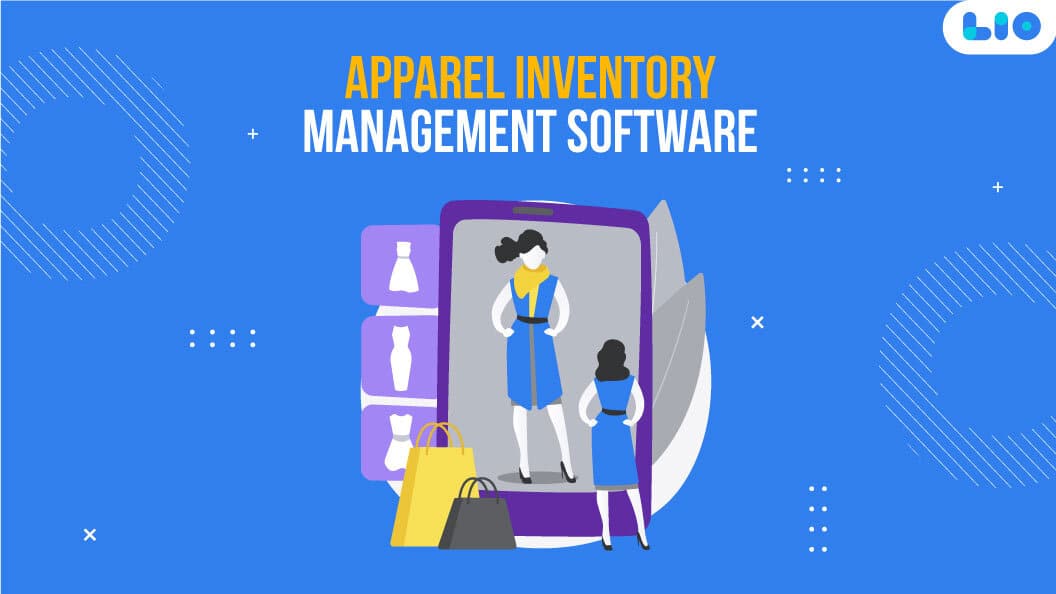


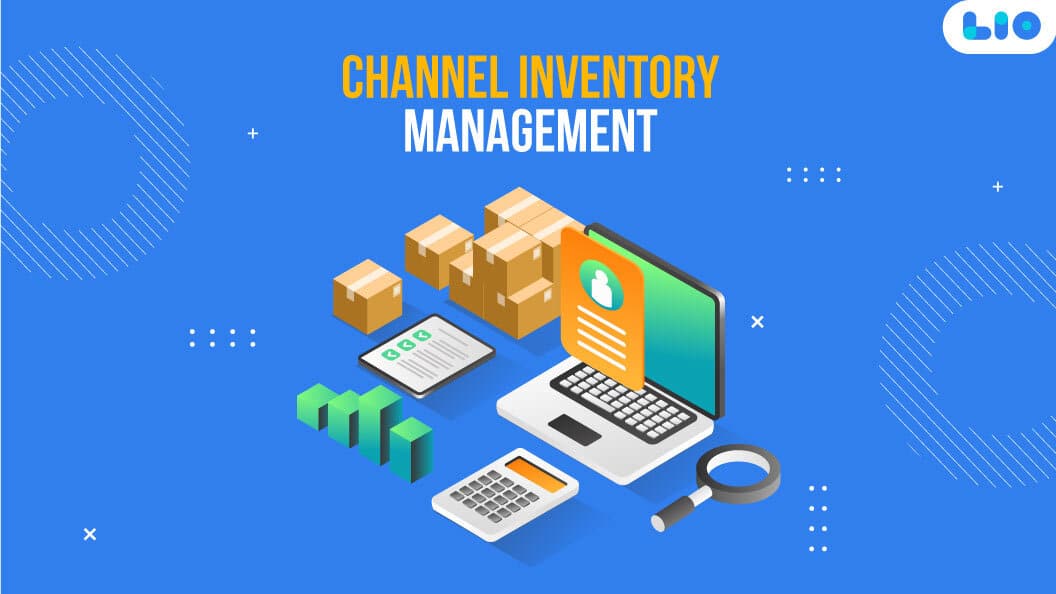




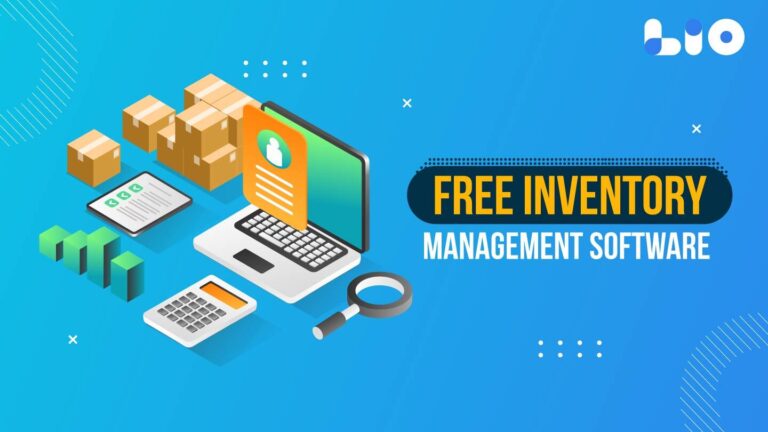
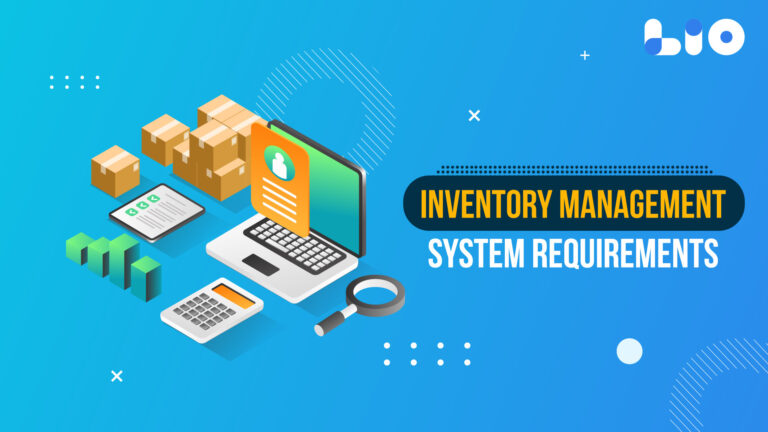
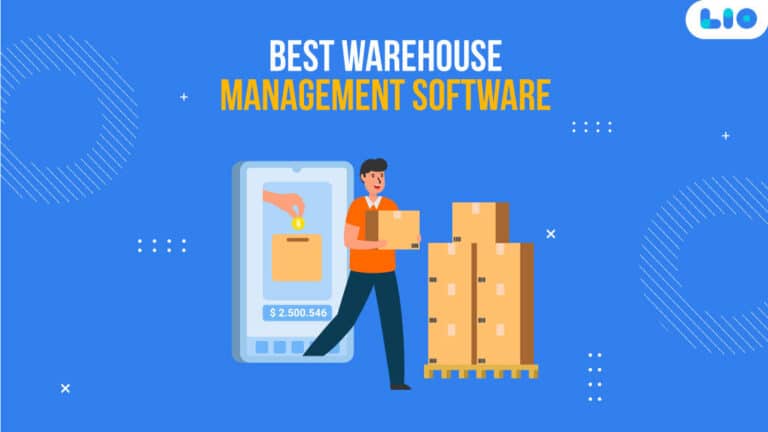





6 Comments
How much profit can I expect in the starting 5 years of my garment business?
Since clothing store businesses are profitable in India, profit margins range from 25% to 60%. However, everything depends on the quality of your product, your designs, whether your customers like them, your advertising strategies, conversion rates, and getting loyal customers. Always do your research and get proper advice from experts or someone knowledgeable. Building brand awareness also plays an important role.
How can I give my clothes company a creative name? are there any tricks?
Hello Pradeep,
A successful company name should capture the essence of your brand. It must stick in your mind. Your employees should be reminded of the motivation behind your actions. There are a number of strategies, including employing acronyms, making mashups, taking literary or mythical personalities as inspiration, adopting foreign names, or even using symbols. Think carefully and make the best decision for your business.
I want to launch a clothing company. Describe the many types of industrial sewing machines for me, please.
Hello Keerthana,
Typically, manufacturing large quantities of clothing uses industrial sewing machines. A power-driven industrial sewing machine moves at a high rate of speed. Industrial sewing machines can be of several varieties, including Single Needle Lock Stitch Machines, Overlock Machines, Flatlock Machines, Feed off the Arm Machines, Button Attaching Machines, Button Hole Machines, Bartack Machines, and more.